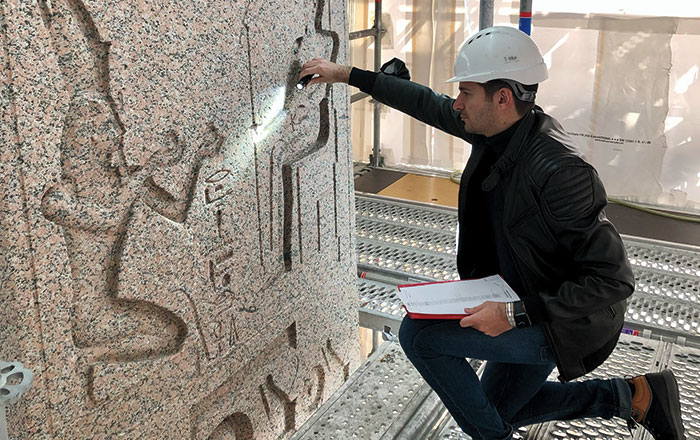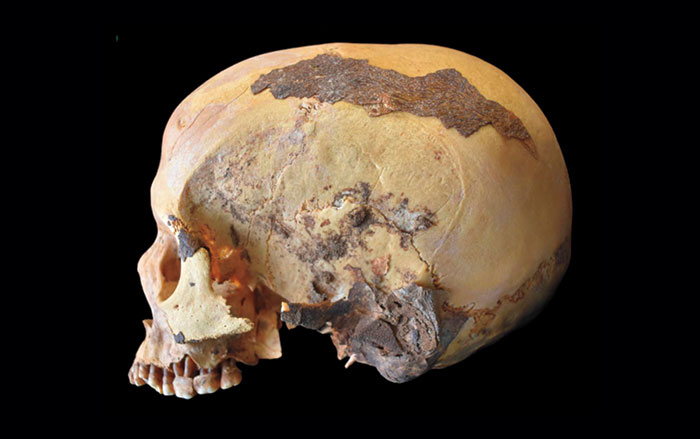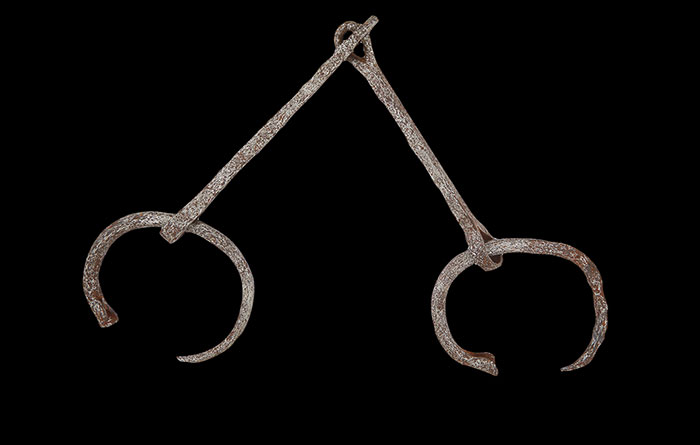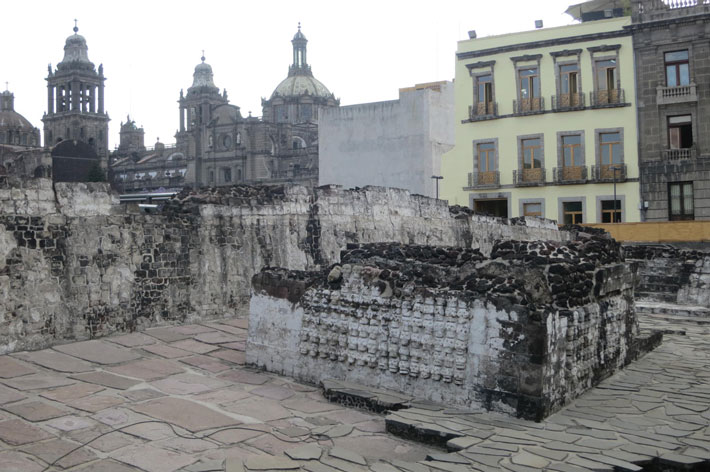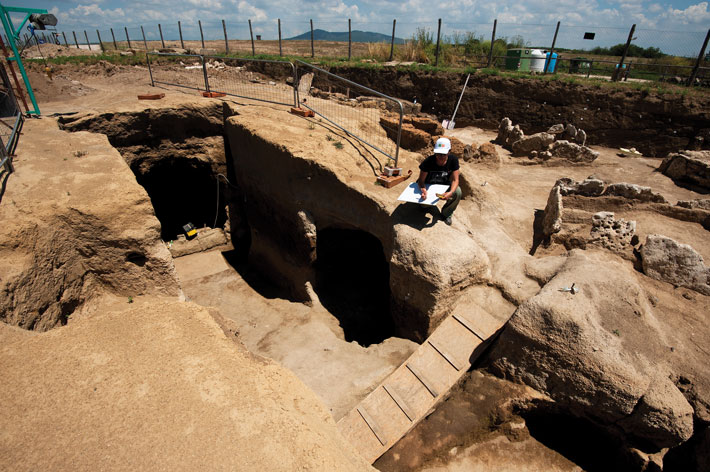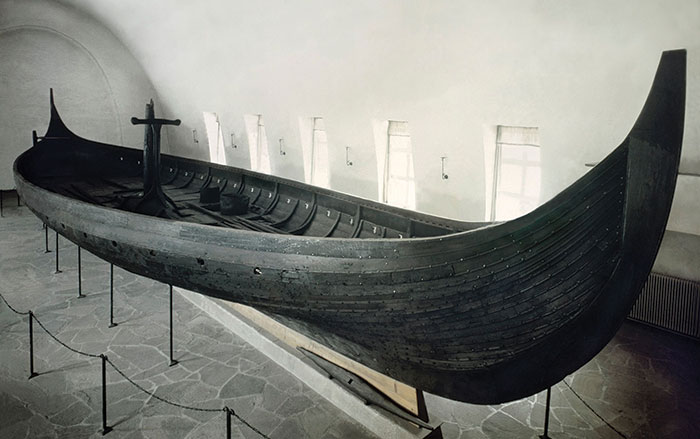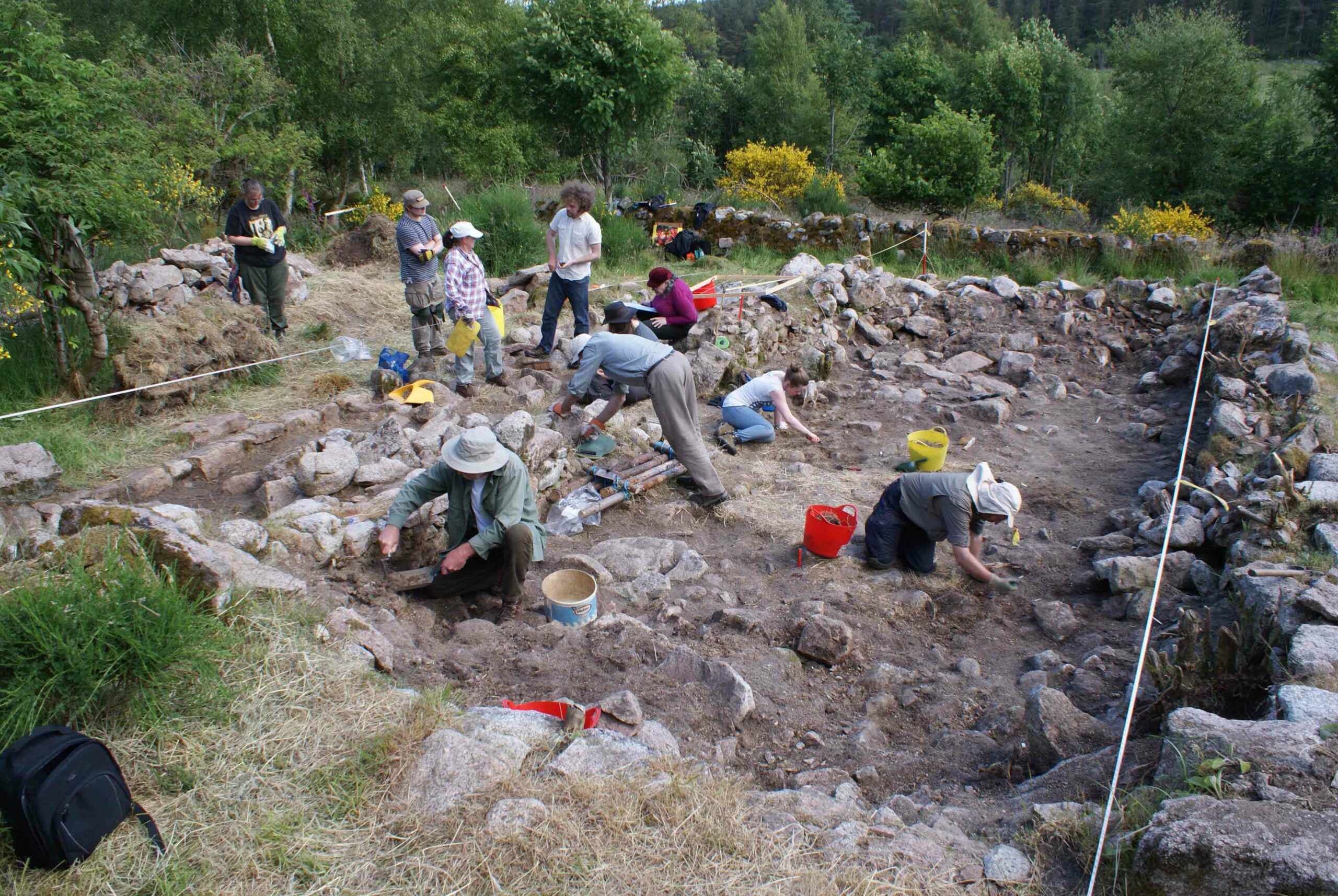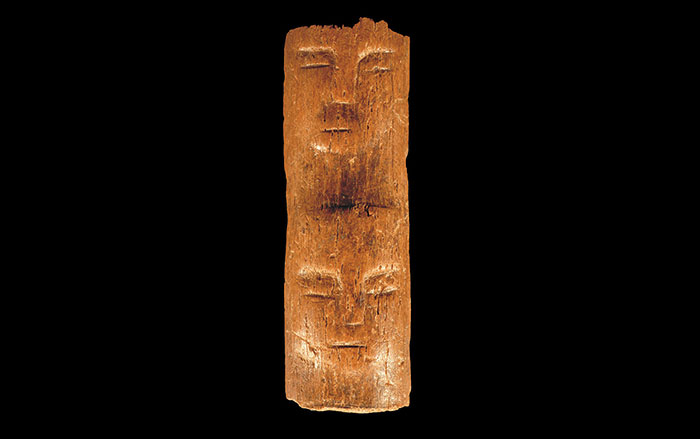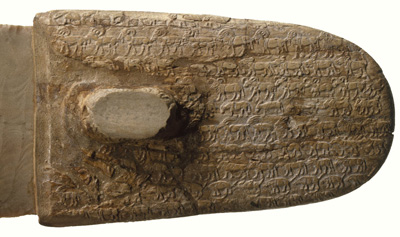
SANTA CRUZ, CALIFORNIA—Ancient Egyptian images of the natural world have helped quantitative ecologist Justin Yeakel of the University of California, Santa Cruz, determine that the drying climate and growing human population have probably made Egypt’s ecosystem progressively less stable. Yeakel used records from paleontology, archaeology, and art, including the work of zoologist Dale Osborne, who examined archaeological and paleontological evidence and compiled a database of when species were represented in artwork and how that changed over time. Six thousand years ago, there were 37 species of large-bodied mammals in Egypt. Today there are only eight. “What was once a rich and diverse mammalian community is very different now. As the number of species declined, one of the primary things that was lost was the ecological redundancy of the system. There were multiple species of gazelles and other small herbivores, which are important because so many different predators prey on them. When there are fewer of those small herbivores, the loss of any one species has a much greater effect on the stability of the system and can lead to additional extinctions,” Yeakel explained.


